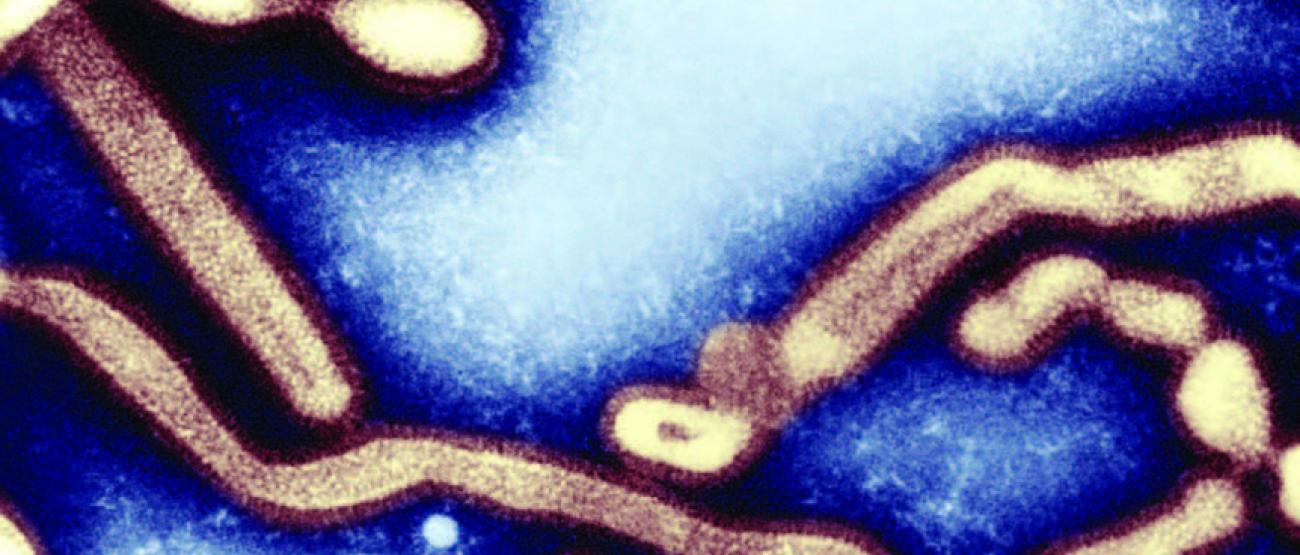Nano-Decoy Lures Human Influenza Virus to its Doom
Biotechnology
Nano-Decoy Lures Human Influenza Virus to its Doom

To infect its victims, influenza A heads for the lungs, where it latches onto sialic acid on the surface of cells. Now, Rensselaer researchers have created the perfect decoy: a carefully constructed spherical nanoparticle coated in sialic acid that lures the influenza A virus to its doom. When misted into the lungs, the nanoparticle traps influenza A, holding it until the virus self-destructs.
In a study on immune-compromised mice, the treatment reduced influenza A mortality from 100 percent to 25 percent over 14 days. The novel approach, which is radically different from existing influenza A vaccines, and treatments based on neuraminidase inhibitors, could be extended to a host of viruses that use a similar approach to infecting humans, such as Zika, HIV, and malaria.
“Instead of blocking the virus, we mimicked its target—it’s a completely novel approach,” said Robert Linhardt, a glycoprotein expert and Rensselaer professor who led the research. “It is effective with influenza and we have reason to believe it will function with many other viruses. This could be a therapeutic in cases where vaccine is not an option, such as exposure to an unanticipated strain, or with immune-compromised patients.”
The project is a collaboration between researchers within the Center for Biotechnology and Interdisciplinary Studies at Rensselaer and several institutions in South Korea including Kyungpook National University.
The new solution targets an aspect of infection that does not change: All hemagglutinin varieties of influenza A must bind to human sialic acid. To trap the virus, the team designed a dendrimer, a spherical nanoparticle with treelike branches emanating from its core. On the outermost branches, they attached molecules, or “ligands,” of sialic acid.
“The major accomplishment was in designing an architecture that is optimized to bind so tightly to the hemagglutinin, the neuraminidase can’t squeeze in and free the virus,” said Linhardt. “It’s trapped.”